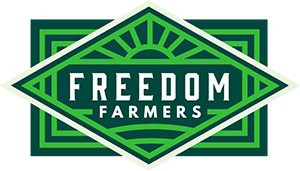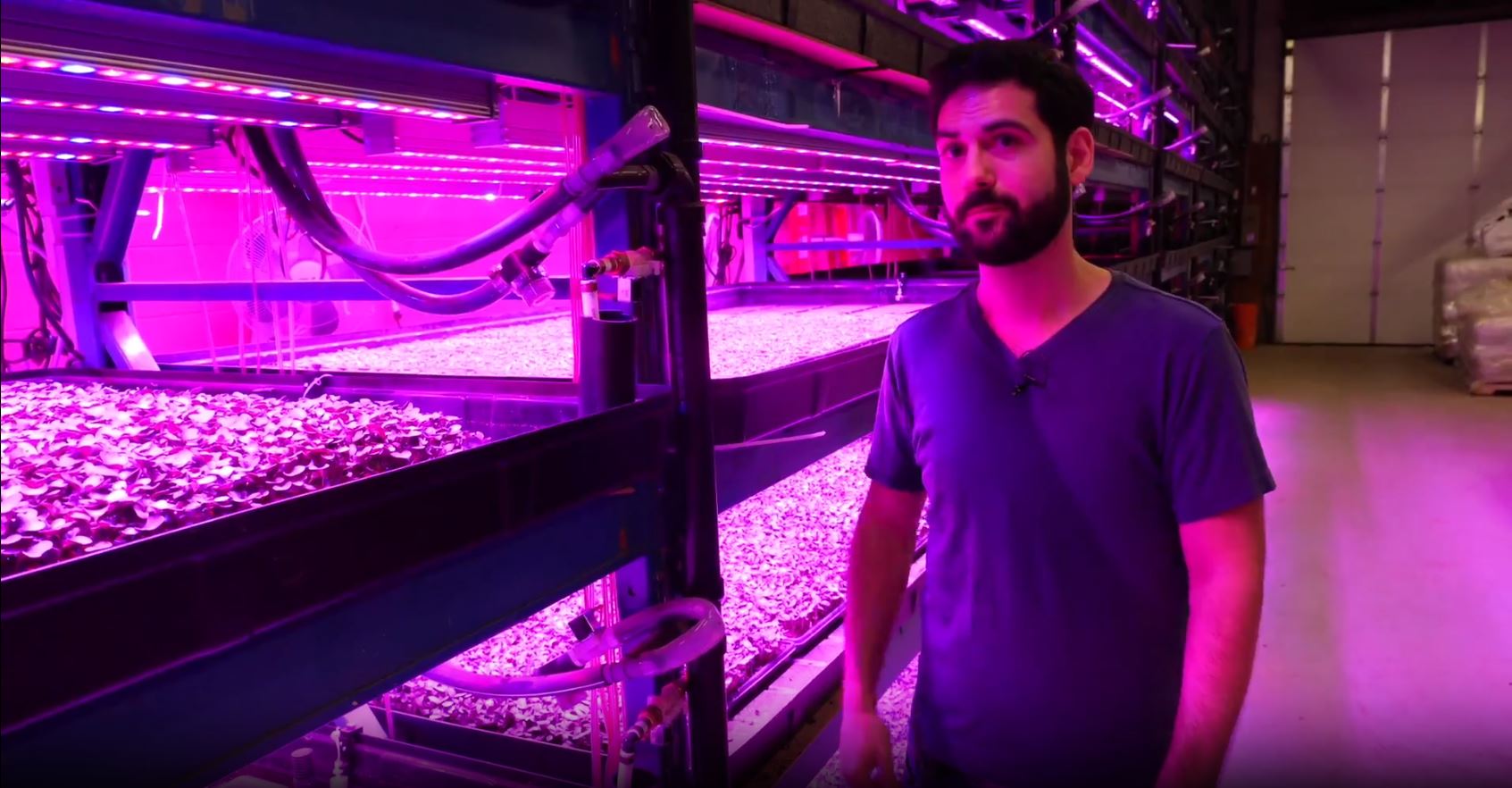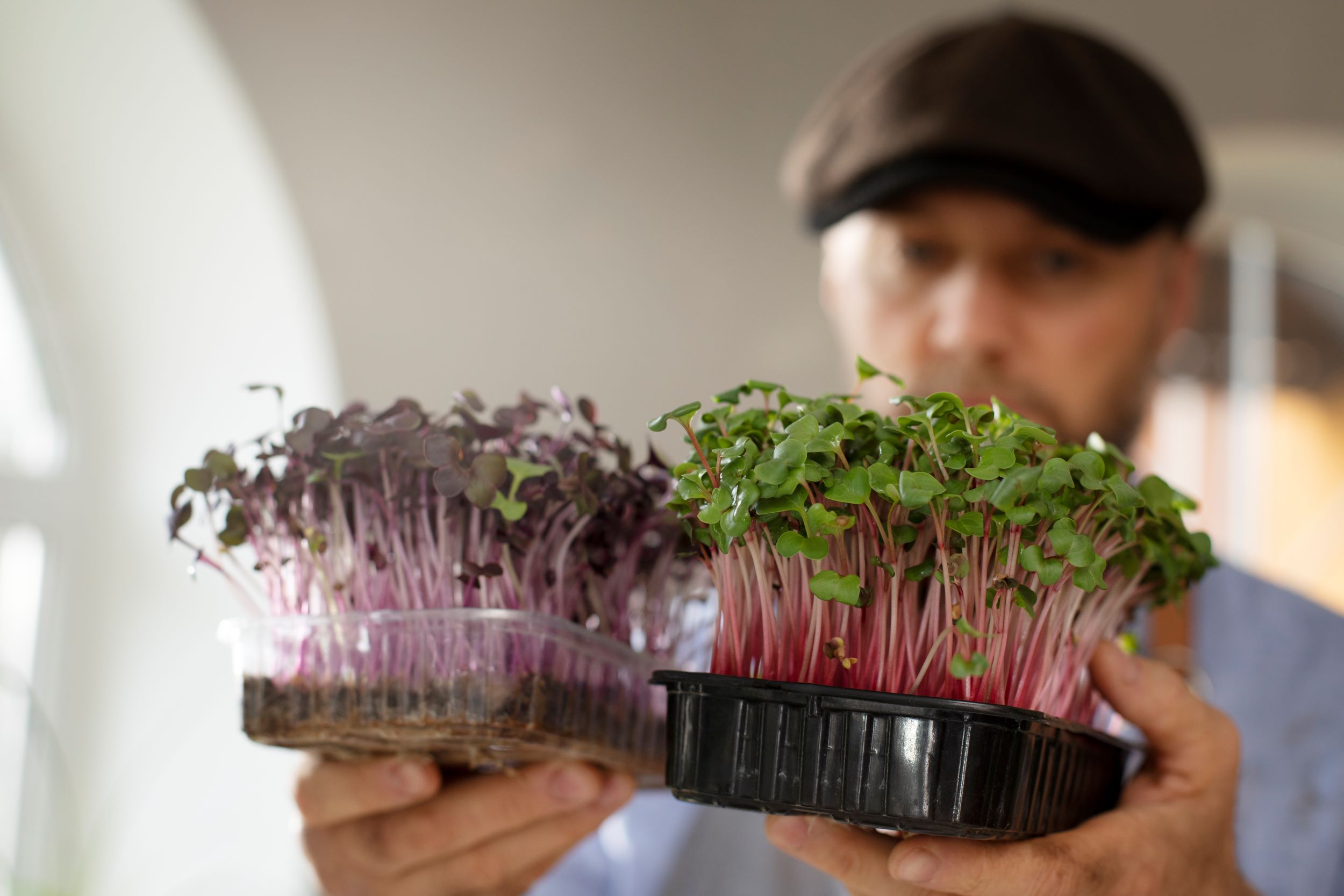In the verdant world of agriculture, the allure of microgreens has steadily grown, punctuating menus and nutrition guides with their vibrant colors and concentrated flavors. These tiny powerhouses, often harvested just weeks after germination, offer not only a nutrient-dense punch but also promise an innovative frontier for urban farmers and enthusiasts. As space becomes a luxury and the global demand for sustainable, local produce rises, microgreens farming stands out as a solution. Yet, like any emerging industry, challenges are interwoven with opportunities.
Today’s microgreens cultivators are not just relying on age-old farming wisdom; they are marrying it with state-of-the-art automation to optimize growth, reduce waste, and enhance yields. The future of microgreens farming is not only green in its produce but also smart, equipped with technological advancements that herald a new era in agriculture. This exploration dives deep into the sophisticated systems of a professional’s automated setup, revealing how the delicate dance of nature and technology is reshaping the way we grow and consume these miniature greens. Join us as we unravel the magic behind the sprouts that are revolutionizing our plates and palates.

The Genesis of Automated Microgreens Farming
The journey towards automated microgreens farming began as a response to the unique challenges this form of cultivation posed. Microgreens, given their short growth cycle and delicate nature, require precise conditions to thrive. Traditional farming techniques often struggled with consistency, leading to varied yields and inconsistent quality. The need for a meticulous, controlled environment provided the perfect canvas for the integration of automation into the microgreens farming narrative.
Automation, in its essence, bridges the gap between the unpredictability of nature and the precision of technology. With the help of sensors, growers can monitor factors like soil moisture, humidity, light intensity, and temperature in real-time. Such tight monitoring allows for immediate adjustments, ensuring the microgreens are always in their optimal growth environment. Consequently, the harvests become more predictable in both quantity and quality, which is vital for farmers looking to supply consistent produce to demanding markets.
Moreover, the introduction of automation has unlocked the potential for vertical farming in microgreens cultivation. As urban spaces shrink and the demand for local produce escalates, vertical farming offers a solution that maximizes yield per square foot. Automated systems ensure that each layer in a vertical setup receives the exact amount of water, nutrients, and light it needs. This multi-layered approach not only multiplies the yield but also embodies the very essence of modern-day sustainable agriculture.
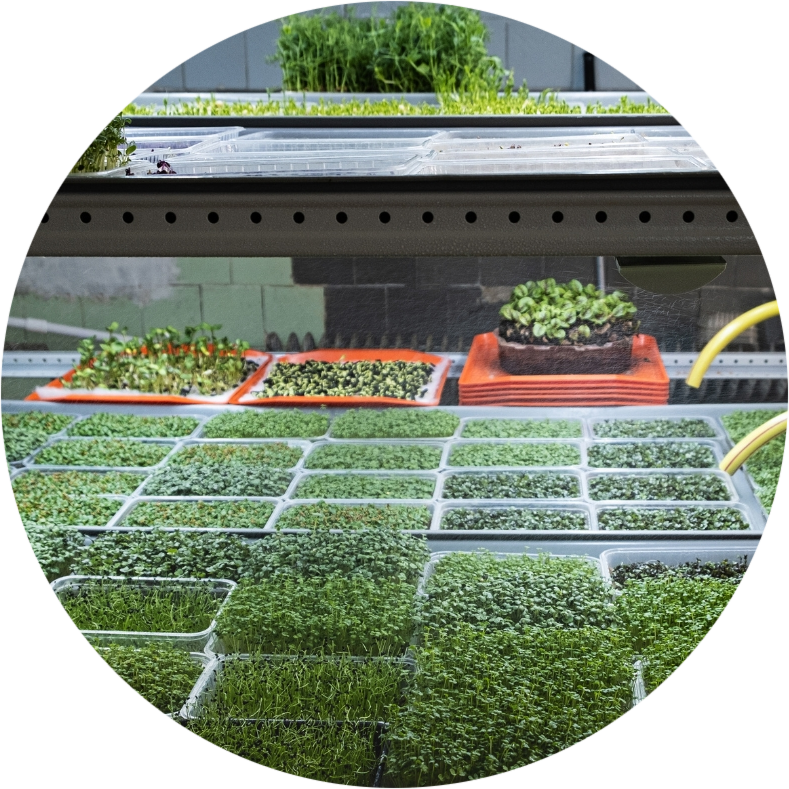
The Multifaceted Benefits of Automation in Microgreens Farming
In diving deeper into the realm of automated microgreens farming, one quickly realizes the multifaceted advantages that come along with it. Beyond just ensuring consistent yields, the incorporation of automation brings about a significant reduction in labor costs. Farm tasks that once required the keen eye and gentle touch of a human, such as seeding, watering, and even harvesting, can now be accomplished by machines with incredible precision. This not only minimizes human error but also allows growers to redirect their focus to quality control, marketing, and business expansion.
Environmental Sustainability of Automated Microgreens Farming
Environmental sustainability stands out as another pronounced advantage. Automated systems are often designed to be water-efficient, recycling, and reusing water where possible. With freshwater becoming an increasingly scarce resource, this efficient use can be a game-changer for agriculture. Additionally, since automated farms can operate in controlled environments, the reliance on pesticides and herbicides is substantially reduced, if not entirely eliminated. This leads to cleaner, healthier produce and reduces the environmental impact associated with chemical runoff.
Lastly, automation sets the stage for the democratization of microgreens farming. With compact and modular systems available in the market, individuals and small-scale entrepreneurs can start their own microgreens operations even in urban settings. These automated setups can fit in small spaces, such as urban rooftops or basements, making it feasible for city dwellers to become farmers. This decentralization of food production can potentially reshape the dynamics of the food supply chain, making fresh and local produce more accessible to urban populations.
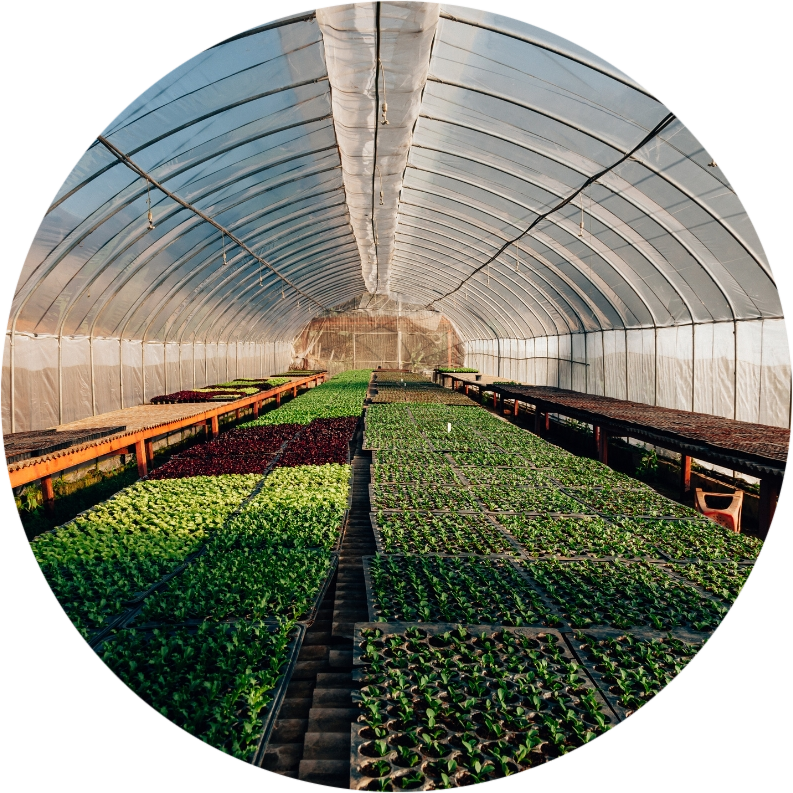
The Potential Challenges of Automated Systems
While the advantages of integrating automation into microgreens farming are numerous, it’s essential to address the potential challenges and hurdles that come with such advancements. One of the primary concerns is the initial investment required. Setting up an automated system, especially one that’s cutting-edge, can be capital-intensive. For small-scale farmers or those just starting, this upfront cost might be prohibitive. Moreover, while the long-term savings in terms of labor and resources are evident, the return on investment (ROI) timeline might be longer for some operations.
Technical Knowledge and Maintenance
Technical knowledge and maintenance can be another challenge. Unlike traditional farming methods where knowledge is passed down through generations or learned on the job, automated systems require a certain level of technological understanding. Growers need to be equipped with the skills to troubleshoot software hitches or hardware malfunctions. This can necessitate additional training or hiring of specialized personnel, adding to operational costs. Additionally, like all machinery, these systems are subject to wear and tear. Ensuring they run optimally requires regular maintenance, which can sometimes be complex and expensive.
Ethical Considerations of Automated Microgreens Farming
Finally, there’s a philosophical and ethical angle to consider. As farming becomes more mechanized and reliant on technology, the age-old bond between the farmer and the land might be at risk. Some purists argue that the essence of farming lies in the tactile connection with the soil, the plants, and the environment. They worry that automation might dilute this connection, making farming a more detached and impersonal process. While it’s a subjective perspective, it’s a sentiment that resonates with many in the agricultural community and deserves consideration in the broader conversation about the future of farming.

Sustainability and Environmental Impact of Automated Microgreens Farming
As the global community grows more conscious of environmental sustainability, the agricultural sector, including microgreens farming, is under increasing scrutiny for its ecological footprint. Automation, when implemented thoughtfully, can play a pivotal role in making microgreens farming more sustainable and environmentally friendly.
Optimized Water and Nutrient Usage
Firstly, automated systems often lead to optimized water and nutrient usage. By closely monitoring the plants’ needs and adjusting in real-time, these systems can ensure that microgreens receive just the right amount of water and nutrients, reducing wastage. This not only conserves precious resources but also prevents the leaching of excess nutrients into the soil, which can be detrimental to surrounding ecosystems.
Energy Consumption
Energy consumption is another aspect where automation shines. Advanced systems can be programmed to use energy more efficiently, operating lighting, heating, or cooling components only when necessary. Some setups even incorporate renewable energy sources, like solar panels, seamlessly integrating them into the system’s operations. Over time, this reduces the carbon footprint of the farm and contributes to a more sustainable energy future.
Fewer Pesticides and Herbicides with Automated Microgreens Farming
Furthermore, automation can lead to a reduction in the use of pesticides and herbicides. With precise monitoring and targeted interventions, automated systems can detect and manage pests or diseases at early stages, often reducing or eliminating the need for chemical treatments. This not only results in a healthier crop but also reduces the environmental impact associated with the runoff of these chemicals.
However, it’s worth noting that, like any tool, the environmental benefit of automation depends on its application. For true sustainability, automation needs to be coupled with responsible farming practices, emphasizing crop rotation, soil health, and biodiversity. Only then can we envision a future where automated microgreens farming stands as a beacon of sustainability in the agricultural landscape.

The Economic Upsides of Embracing Automation in Microgreens Farming
Economics is a vital driving force behind many technological advancements, and the agricultural sector is no exception. The economic benefits of automation in microgreens farming can be profound, influencing everything from labor costs to market reach.
Keep an Eye on Labor
To start, labor is one of the primary expenses in any farming operation. Manual tasks like seeding, watering, monitoring growth conditions, and harvesting require significant man-hours. Automation can dramatically reduce these labor costs. Automated systems can handle many of these tasks with minimal human intervention, allowing farmers to either reduce their workforce or reallocate human resources to other essential aspects of the business.
Increased Production
Beyond labor savings, automation can lead to consistent and increased production. Systems that monitor and adjust environmental conditions in real-time can maintain optimal growth conditions for microgreens. This consistency not only means healthier and more robust crops but also can lead to faster growth cycles. In turn, farmers can produce more crops in the same amount of time, leading to increased yields and potentially higher profits.
Serving New Markets through Automated Microgreens Farming
Additionally, automation can open doors to new markets. As the demand for sustainably grown and organic products continues to rise, having a system that minimizes waste and reduces the need for pesticides can be a significant selling point. Automated farms can easily cater to niche markets, such as restaurants or health-food stores, that are willing to pay a premium for high-quality, sustainably grown microgreens.
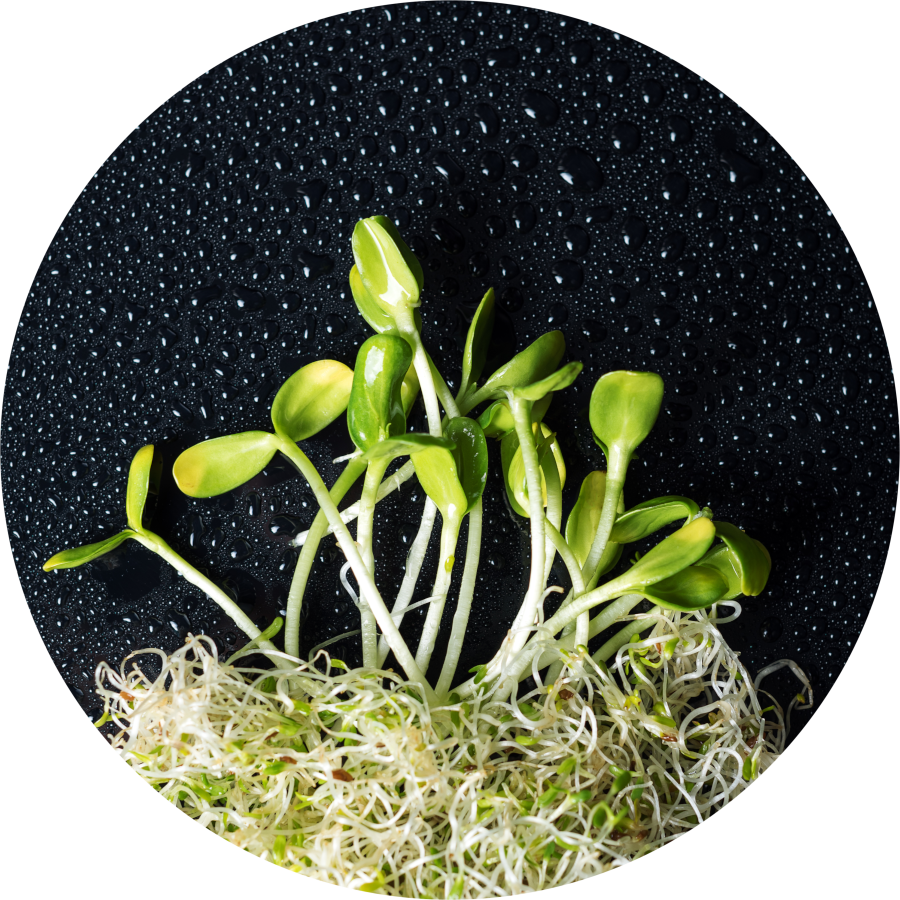
Navigating the Challenges and Potential Downsides of Automation
While the allure of automation in microgreens farming is strong, it’s vital for prospective farmers and investors to understand the challenges and potential downsides. Just as with any technological advancement, automation presents its own set of obstacles that need addressing for its successful implementation.
Capital Requirements
One of the foremost challenges is the initial capital required. Setting up automated systems, especially the state-of-the-art ones, can be capital-intensive. It involves not just purchasing the necessary machinery but also potentially redesigning farm infrastructure, training staff, and setting up monitoring and maintenance procedures. For smaller farms or newcomers to the industry, securing the necessary funding can be daunting.
Moreover, dependence on technology can lead to vulnerabilities. If an automated system experiences a malfunction, the entire crop could be at risk. Unlike traditional farming where manual intervention can often address issues, failures in automated systems might require specialized knowledge or equipment to rectify. This reliance can also make farms more susceptible to cyber threats or hacking, especially if their systems are interconnected or controlled remotely.
The Learning Curve of Microgreens Farming
Additionally, there’s a learning curve associated with these technologies. Even seasoned farmers may find themselves on unfamiliar ground when transitioning to automated systems. Mistakes can be costly, both in terms of finances and crop yield. Continuous education and staying updated with the latest in technology and best practices is crucial.
On a more societal note, the transition to automation can lead to concerns about job displacement. If farms reduce their need for manual labor, it can have ripple effects on the local job market and community. Balancing the benefits of reduced labor costs with the societal implications is a complex issue that doesn’t have a one-size-fits-all solution.
While the benefits of automation in microgreens farming are numerous, it’s essential to approach the transition with eyes wide open. By understanding and planning for the challenges, farmers can better position themselves for success and harness the true potential of automated farming systems.
Scalability of Microgreens Farming
Lastly, there’s the aspect of scalability. Automated systems are generally more adaptable and scalable compared to traditional farming setups. As the demand for microgreens grows, these farms can expand their operations more seamlessly, ensuring that they remain competitive and can cater to larger markets.
In essence, while the initial investment in automation might seem daunting to some, the long-term economic advantages can be substantial. By streamlining operations, reducing costs, and increasing yields, automated microgreens farming can be the pathway to a prosperous future for many farmers.

Sustainability and the Eco-friendly Potential of Automated Microgreens Farming
As we delve deeper into the modern age, sustainability has become more than just a buzzword—it’s a crucial factor in almost every industry, and agriculture is no exception. Microgreens farming, with its compact and efficient nature, already offers a more sustainable approach to traditional farming practices. When paired with automation, the potential for an eco-friendly farming revolution emerges.
Save on Resources with Automated Microgreens Farming
Firstly, automated systems can optimize resource usage. Water, one of the most precious resources in agriculture, can be distributed with precision to minimize waste. Advanced irrigation systems can deliver the exact amount of moisture needed, reducing runoff and conserving water. Similarly, the precise application of nutrients ensures that plants receive just what they need, minimizing the excess that might otherwise end up polluting waterways.
Energy consumption is another area where automation shines. Smart lighting systems, especially those using energy-efficient LED lights, can adjust based on the needs of the plants and the available natural light. This results in reduced electricity consumption. Furthermore, as the renewable energy sector grows, automated farms can easily integrate with solar or wind power systems, moving closer to a carbon-neutral or even carbon-negative operation.
Reduce the Need for Transportation
Automation also reduces the need for transportation in multiple ways. For one, microgreens can be grown closer to urban centers due to their compact nature. Automated urban farms can be set up in city buildings or unused spaces, reducing the distance food travels from farm to plate, which in turn reduces the carbon footprint associated with food transportation. Moreover, with consistent and optimized yields, supply chains can be streamlined, resulting in fewer shipments and reduced transportation needs.
Watching the Waste
Waste reduction is another significant advantage. Automated systems can be designed to recycle and reuse materials, from water to growing mediums. Real-time monitoring ensures that plants are harvested at their peak, reducing post-harvest waste. Even packaging can be optimized with automation, using just the right amount of materials to protect and preserve the greens without excess.
In summary, the convergence of automation and microgreens farming presents a compelling vision of the future—a vision where food production is not only efficient but also deeply respectful of the planet’s resources. By integrating cutting-edge technology with sustainable practices, we move a step closer to an agricultural model that serves both humanity and the environment.
Conclusion/Outlook for the Future
The realm of microgreens farming is rapidly undergoing a transformative phase, with technology taking center stage. Integration of automation, innovative systems, and advanced research practices are ensuring a brighter future for this sector. As the global population burgeons and the demand for nutritious food sources surges, microgreens, renowned for their dense nutritional profiles, stand poised to play a pivotal role in our diets. Automated systems not only enhance the yield but also ensure consistent quality, making it a win-win for both producers and consumers.
As we look towards the horizon, the indications are clear: the future of microgreens farming lies in embracing these progressive advancements. As technology becomes more accessible and affordable, even small-scale farmers will likely integrate these systems, leading to a democratization of the benefits of precision farming. This evolution not only promises efficiency and abundance but also ushers in an era where quality and sustainability go hand in hand.
Recommendations or Actionable Takeaways for Automated Microgreens Farming
- Research and Investment: For those intrigued by the prospects of automated microgreens farming, it’s pivotal to invest time in understanding the specific technologies and their benefits. Attending workshops, webinars, and conferences dedicated to urban farming and agriculture technology can offer a wealth of information.
- Collaborate with Experts: If you’re considering transitioning to an automated system, seek advice from industry veterans. Their insights can help sidestep common pitfalls and ensure a smoother transition.
- Adopt Sustainable Practices: While automation can significantly boost yield and efficiency, it’s essential to balance it with sustainable farming practices. This ensures the longevity of the soil, the health of the crops, and the well-being of consumers.
- Stay Updated: The world of technology is ever-evolving. Ensure that you stay abreast of the latest advancements to optimize your farming operations continually.
- Educate and Advocate: Share your experiences and knowledge with the community. As more individuals understand the benefits and feasibility of automated microgreens farming, the industry can move collectively towards a brighter, greener future.
By embracing the future and leveraging the tools at our disposal, we stand at the cusp of a green revolution – one where nutritious food is abundant, and sustainable practices are the norm. The future of food, with microgreens at its heart, is not just promising; it’s exhilarating.
